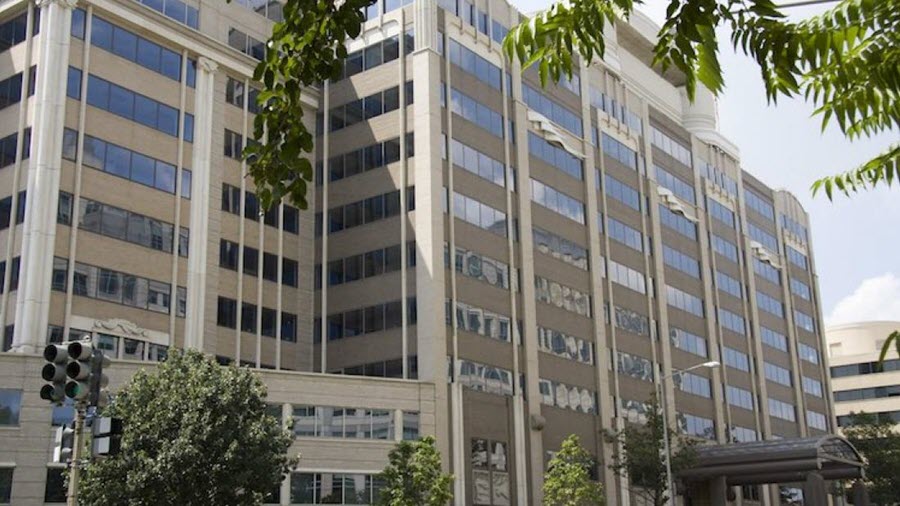Diversity Groups: FCC Rural 5G Rollout Should Focus on Poverty, Not Density

The Multicultural Media, Telecom and Internet Council, joined by more than two dozen national organizations, said the FCC should make sure that the initial tranche of its $9 billion in rural 5G subsidy funding, if it breaks out that way, goes to help those furthest from digital equality, which includes impoverished African American and Hispanic communities.
That was in comments filed with the FCC, which asked for input on how it should structure the program.
The groups, collectively 5G Fund Supporters," said that means that the FCC should prioritize funding according to poverty, not population density.
It recommended that the FCC "adopt a rollout schedule under which economically depressed rural communities of color--the communities most in need of fast broadband--will be among prioritized first for high-cost support and buildout."
The FCC 5G proposal pulls the plug on the $4.5 billion Mobility Fund Phase II program and instead creates a 5G Fund that would put up to $9 billion toward Universal Service Fund support for 5G mobile wireless in rural areas to help close the digital divide.
The commission is seeking comment on whether it should start giving out the money before it collects new data on mobile broadband access (option A), which a majority has issues with, or B, which is to wait until more granular data mandated by Congress is collected.
In any event, MMTC wants the FCC to insure robust and meaningful participation by women and minorities.
Multichannel Newsletter
The smarter way to stay on top of the multichannel video marketplace. Sign up below.
The FCC has been migrating its phone subsidy program to broadband, and is now going to migrate its Mobility Fund Phase II (MF-II) subsidy program to focus on the next generation of wireless technology, 5G. That's because the FCC said the carrier data that was supposed to help the FCC target that Mobility Fund money could not be relied on.
That new 5G rural subsidy will be in the form of a two-phase reverse auction, which means bidders vie for money according to how inexpensively they could get the job done while meeting various service benchmarks.
Phase I will give out up to $8 billion for areas unlikely to see deployment without that money, including tribal lands. Phase II would give out $1 billion focused on ranches and farms for precision agriculture, which has been an avowed priority of President Trump.
MMTC said the FCC needs to make sure its designated entity program--which provides bidding credits for WMBEs--fosters participation. "It is important for consumers and competition that the Commission maintain a robust and meaningful commitment to WMBE participation in the future 5G Fund reverse auctions."
That includes conferring with DE's to address any de facto control concerns at the outset.
Among the groups commenting were the National Association of Black Owned Broadcasters (NABOB), the National Urban League and the Rainbow-PUSH Coalition.
Contributing editor John Eggerton has been an editor and/or writer on media regulation, legislation and policy for over four decades, including covering the FCC, FTC, Congress, the major media trade associations, and the federal courts. In addition to Multichannel News and Broadcasting + Cable, his work has appeared in Radio World, TV Technology, TV Fax, This Week in Consumer Electronics, Variety and the Encyclopedia Britannica.










